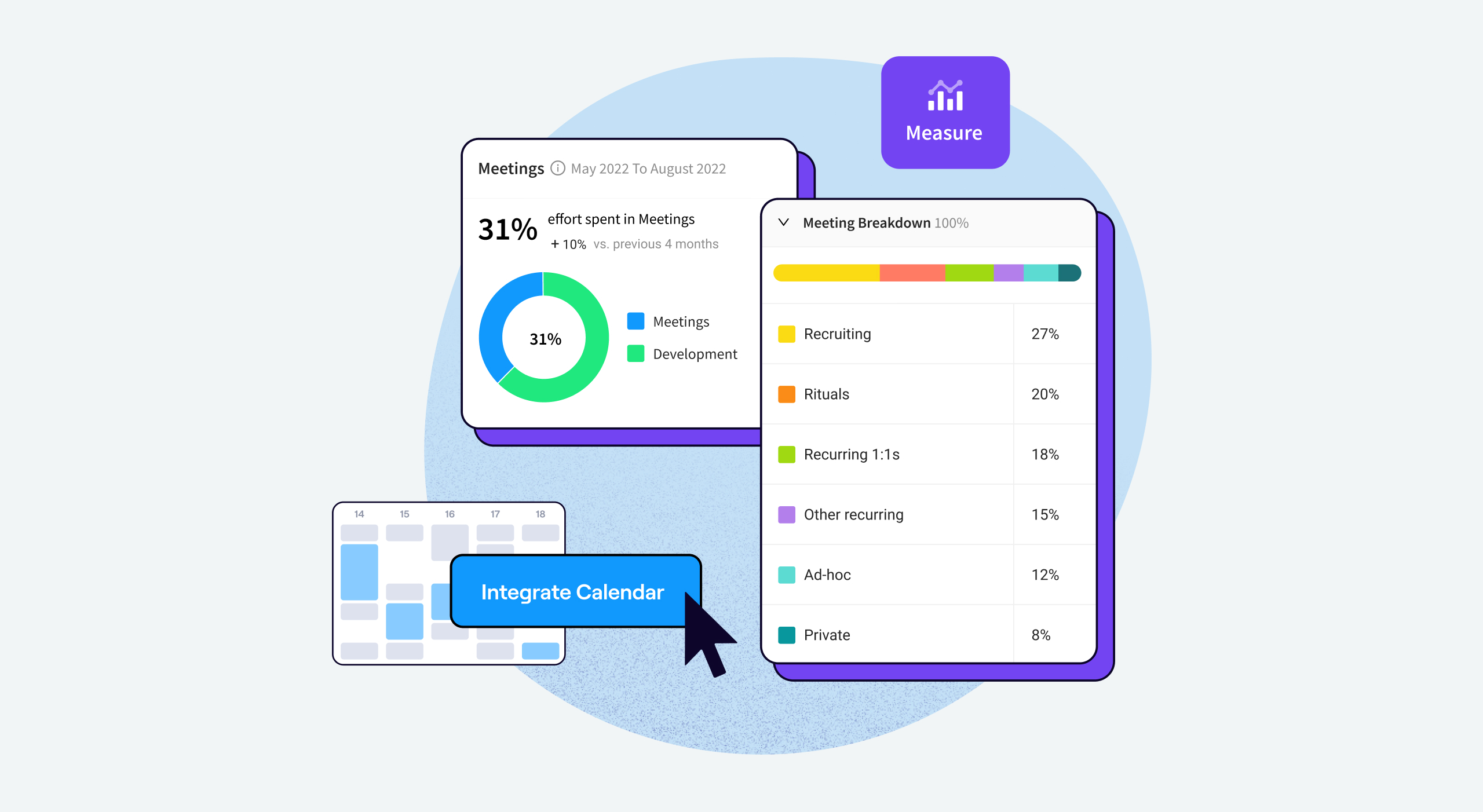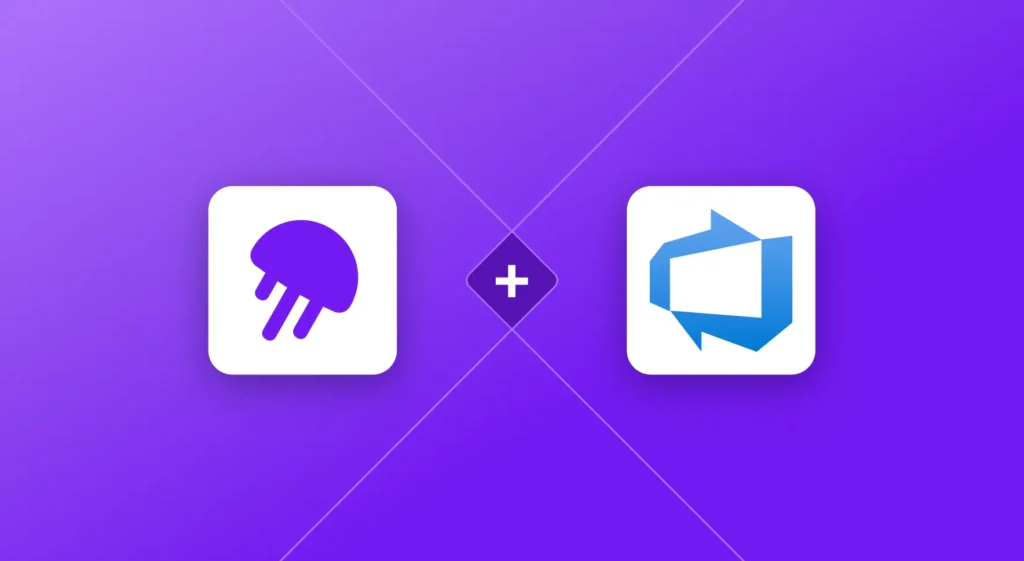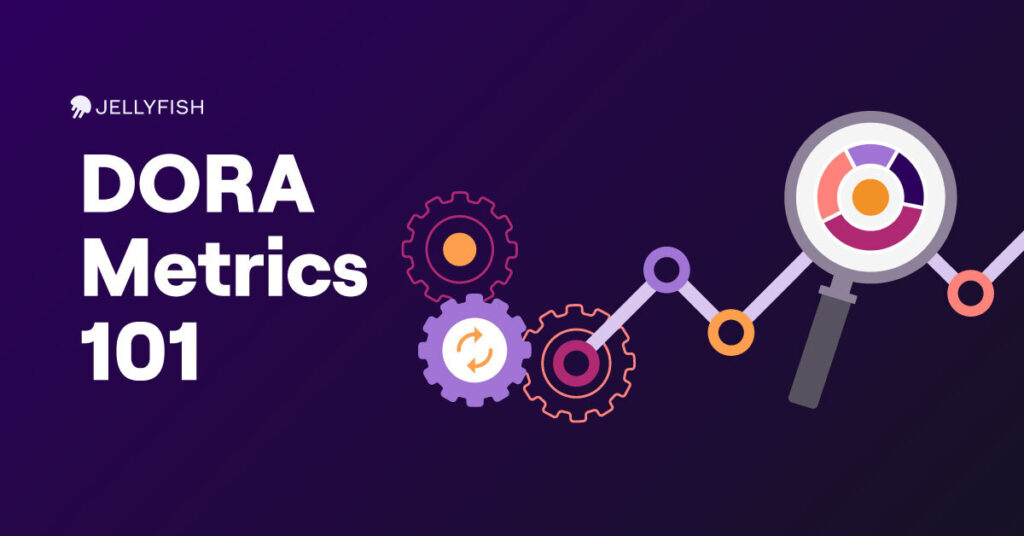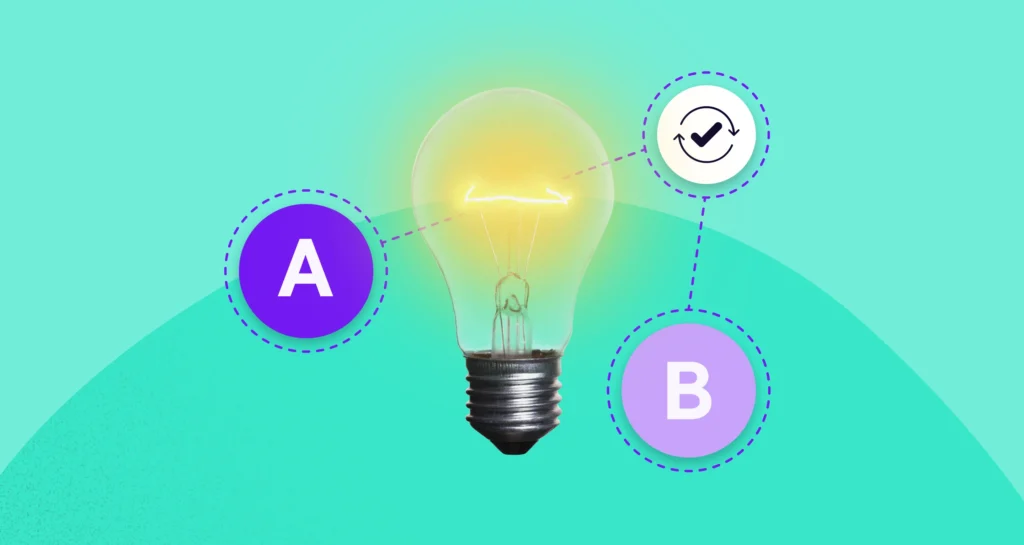Meetings, can’t live with them, can’t live without them
“I spend so much time in meetings, I rarely have time to do actual work!”
If I had a nickel for each time this statement has been uttered by my colleagues or myself, I would already be retired and sipping fruity drinks on a beach somewhere. Participating in meetings is a practical aspect of our professional lives, and in many instances is not only unavoidable but also a necessity for a healthy collaboration amongst teams.
Agile development methodologies, pair programming, and other high-velocity, collaborative strategies require consistent communication and touch points between team members. Additionally, ensuring that employees are happy and engaged with their work via one-on-ones, recruiting and sitting on interview panels, and engaging with other stakeholders around the business are all part of the norm for contemporary engineering organizations.
Blocker: Too many meetings
Despite this, and despite what the Rolling Stones may profess, time is not always on our side. Understanding teams’ meeting participation is important contextual information for understanding where a team’s effort is being spent.. Such an understanding can help give insight into trends within the organization around overall effort attribution. It’s no secret that breaking down the effort spent by the individuals and teams within an engineering organization is a multifaceted, complex process, a task that Jellyfish has worked tirelessly to tackle ever since our inception.
The Jellyfish allocations model is already a highly defensible view of how engineering effort is allocated across teams and the organization, but additional layers of other, non-coding activities are always being explored. Our customers often ask the question: how much of our effort is spent in meetings?
Introducing: Jellyfish Meeting Insights
Meeting Insights is a continuation of our goal continually to offer greater levels of insight to our platform. It is another input, an additional piece of contextual data to provide everyone, from engineering managers to executives, the ability to understand where effort is being spent. This additional framing of engineering effort helps explain the multifaceted role that engineers play within the broader organization.
Our goal is to more deeply understand engineering effort and help uncover potential blockers when it comes to engineering capacity. For instance, if an engineering team is spending a significant portion of their bandwidth interviewing candidates to join the team, their collective effort will decrease when it comes to focusing on fixing bugs, working on new features, etc. Understanding effort spent on meetings augments the allocations framework set forth by the core Jellyfish data model by adding an additional layer of insight to where engineers are allocating their effort.

Sounds great, but how does it work?
Jellyfish integrates with an organization’s Google Calendar and uses that data to measure meeting effort relative to development work. Enablement is self-service; after authentication Jellyfish can view all public calendar data visible to that user.
Measuring meeting effort is not as simple as loading in an organization’s calendar and calling it a day, To ensure accuracy in what is categorized as a meeting, Jellyfish excludes the following calendar items from its meeting measurement:
- Events that have a duration of less than 15 minutes or more than 4 hours
- Out-of-office events
- Events with a single attendee
- Non-meeting calendar events such as “flow time” and external appointments.
Jellyfish automatically calculates and categorizes effort percentage into a number of categories to give you a more granular view of meeting types (e.g. recurring 1-on-1s, recruiting, ceremonies such as team standups, sprint planning, etc).
The Meeting Insights can be found on any Team, Group, Division, or Company page. We are thrilled to announce the general availability of Jellyfish Meeting Insights as part of the Jellyfish Engineering Management Platform. If you are interested in learning more about how your team can use Meeting Insights or the Jellyfish Platform, request a demo today.







